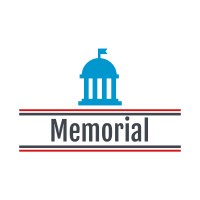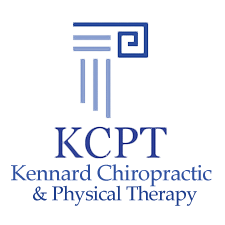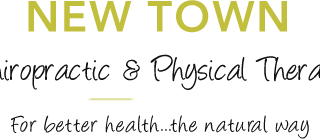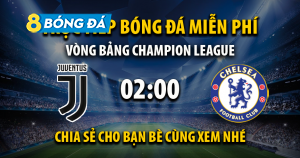There are several causes for this type of jaw pathology. Here are the main ones for the chiropractic injury rehab now.
Your posture: It often happens that we have a bad posture work, car, at rest. This affects muscle control by affecting the length, strength and tone of the muscles. It also affects the position of the ATM.
Poor muscle balance: Musculature plays an important role in the alignment and function of the TMJ. Some muscles attach directly to the disc and, if they are too tight, can cause the disc to move. If there is a bad balance muscle too tight, others too weak, this can lead to pathology.

Stress: Stress also leads to an increase in muscle tension, thus creating a muscle imbalance.
An accident: A cervical trauma following a car accident or a fall, for example, can cause a dysfunction of the ATM, and this, even several months later. Often, the trauma will cause poor posture and muscle imbalances.
There are also a host of other predisposing factors for this pathology, such as anatomy, dental surgery, wearing dentures, wearing pins, general laxity, cervical dysfunction, etc.
Advice from Your Physio
Here are some tips from your physiotherapy professional to reduce pain and help eliminate inflammation: Avoid eating foods that are difficult to chew steak, ciabatta bread, etc. and foods that require some force to chew a raw carrot, nuts, etc..
Avoid opening your mouth as much as possible and overly large bites e.g. hamburger. Avoid clenching your teeth at rest and at night. At rest, your jaw should be relaxed so that there is space between your upper teeth and your lower teeth. Wearing occlusal plates may be considered if you grit your teeth at night.
Avoid biting your nails or chewing the tip of your pencil. An analgesic or anti-inflammatory medication and muscle relaxants can help. Talk to your pharmacist or doctor.
What the Physiotherapist with Atm Expertise Can Do For You
After a thorough assessment of your posture, your cervical spine and your temporomandibular joints, your physiotherapist can use manual techniques, muscle relaxation and pain-relieving modalities to resolve your problem. He will also advise you on the steps to follow in your recovery and can teach you self-massage and self-stretching techniques as well as exercises to restore the normal function of your jaw.
The tendon is the link that connects the muscle to the bone. The rotator cuff is made up of 4 tendons: the supraspinatus, the subspinous, the subscapularis and the small round. During trauma or repetitive movement, one of the 4 tendons of the rotator cuff can be injured and, therefore, painful. This is called rotator cuff tendinopathy. Shoulder tendonitis, also known as rotator cuff tendinopathy, the most commonly observed is inflammation of the supraspinatus tendon.
It is important to note that poorly treated tendinitis can cause many inconveniences, whether in the shoulder or elsewhere, Achilles tendonitis for example. This irritation can be of varying severity, ranging from the simple inflammation of a healthy tendon to partial or complete rupture of the same tendon.
The degenerative process that comes with age can also affect the condition of the tendon. We will then speak of tendinosis, which means “wear of the tendon”. However, this will not necessarily affect their ability to do their job.





